Filter News
Area of Research
News Type
Date
Media Contacts
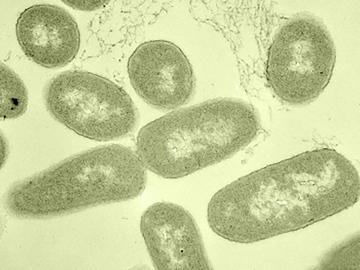

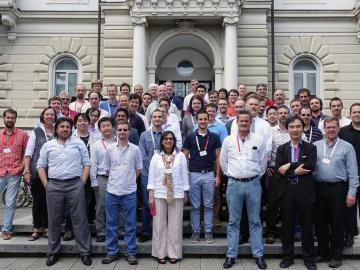
Leaders in hybrid accelerated high-performance computing (HPC) in the United States (U.S.), Japan, and Switzerland have signed a memorandum of understanding (MOU) establishing an international institute dedicated to common goals
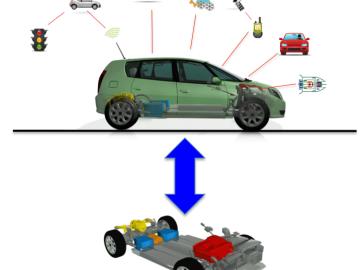
Oak Ridge National Laboratory has been awarded $3.36 million from the U.S. Department of Energy’s Advanced Research Projects Agency-Energy (ARPA-E) to develop novel control technologies for connected and automated vehicles with the goal of achieving a 20 percent improvement in vehicle energy efficiency.
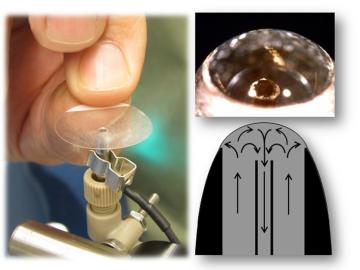
Researchers at the Department of Energy’s Oak Ridge National Laboratory have received seven R&D 100 Awards in recognition of their significant advancements in science and technology. The honorees were recognized on Nov. 3 at the 54th annual R&D 100 Conference, ...


Researchers at the Department of Energy’s Oak Ridge National Laboratory have demonstrated that permanent magnets produced by additive manufacturing can outperform bonded magnets made using traditional techniques while conserving critical materials. Scientists fabric...
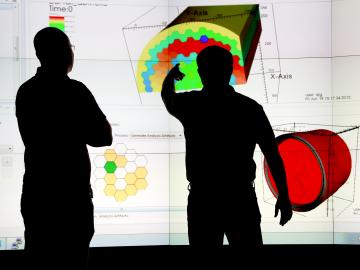
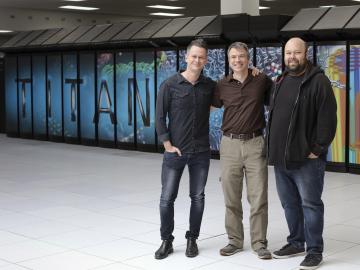

Six researchers from the Department of Energy’s Oak Ridge National Laboratory have been elected fellows of the American Physical Society (APS). The APS is one of the largest physics organizations in the world with more than 51,000 members in academia, government an...




